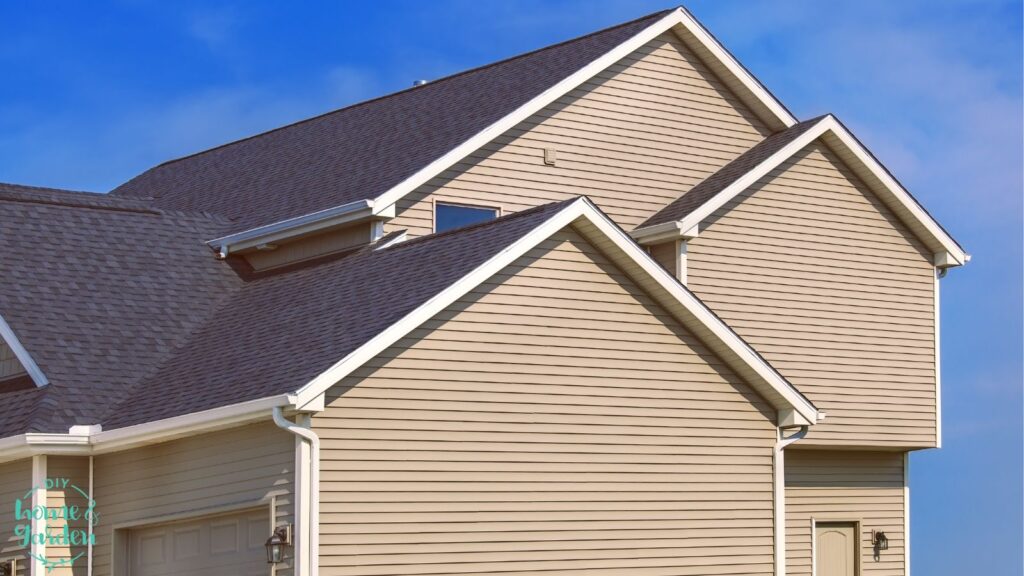Here’s why choosing the best siding matters.
The siding of your home is essential to its appearance, safety, and energy efficiency. It can be challenging to choose the ideal siding with so many possibilities available. In this thorough guide, we’ll walk you through the important factors and popular siding options so you can make an informed choice that fits your appearance, price, and maintenance preferences.
1. Consider Your Climate and Location
The first step in selecting the perfect siding for your home is to assess your climate and location. Different materials have varying levels of durability and resistance to weather conditions. For instance, choosing a siding material with excellent water resistance and insulation properties is crucial if you live in a region with harsh winters or frequent rainfall. Vinyl, fiber cement, and engineered wood are options known for their durability in various climates.
2. Evaluate Your Budget
Siding materials vary greatly in cost, so it’s important to establish a budget upfront. While vinyl and aluminum tend to be more affordable options, natural wood and fiber cement might require a larger investment. Keep in mind that although upfront costs differ, certain materials may offer better long-term value due to their extended lifespan and reduced maintenance requirements.
3. Maintenance Requirements
Consider how much time and effort you’re willing to invest in maintaining your home’s exterior. Some materials, like wood, require regular painting or staining to prevent decay and maintain their appearance. On the other hand, vinyl and fiber cement typically need minimal maintenance, with occasional cleaning sufficing to keep them looking great.

4. Aesthetic Appeal
Your home’s curb appeal is greatly influenced by the siding’s appearance. Choose a material and style that complements your home’s architectural design and your personal taste. Natural wood provides a classic, warm aesthetic, while modern homes often pair well with sleek metal or fiber cement options. Many siding materials come in a variety of colors and textures, giving you ample creative freedom.
5. Longevity and Durability
Long-term savings are possible if you make an investment in sturdy siding. Pests, dampness, and UV radiation can all cause damage to some materials more easily than others. Fiber cement, engineered wood, and certain metal options are known for their exceptional longevity and resistance to these factors.
6. Eco-Friendliness
If you are concerned about how your siding may impact the environment, looking at environmentally friendly siding options is crucial. Utilize elements like recycled wood, which adds a unique look and promotes sustainability by utilizing existing resources. An option is specialized varieties of engineered siding that are made with environmental sustainability in mind. Also, choosing insulated siding can improve your home’s energy efficiency, lowering your carbon footprint and promoting a greener future. You may make a difference while boosting the appeal and use of your property by giving these options significant thought.
7. Installation and Expertise
Consider the installation process and the expertise required for each siding material. While some materials are suitable for DIY installation, others might necessitate professional assistance. Improper installation can lead to performance issues, so it’s wise to factor in both the cost of the material and the installation when making your decision.
8. Local Regulations and Restrictions
Check with your local zoning regulations and homeowner association guidelines before finalizing your siding choice. Some communities have restrictions on certain siding materials or colors to maintain uniformity within the neighborhood.
Popular Siding Options:
- Vinyl Siding: Cost-effective, low-maintenance, and available in various colors and styles.
- Fiber Cement: Resistant to fire, pests, and rot, with a natural appearance that can mimic wood or masonry.
- Wood Siding: Classic and charming, but requires regular maintenance to prevent weathering and decay.
- Metal Siding: Durable, modern, and available in steel, aluminum, or even zinc options.
- Engineered Wood: Offers the look of natural wood with enhanced durability and lower maintenance requirements.
- Brick Veneer: Provides a timeless look with minimal maintenance. But it can be more expensive to install.
- Stone Veneer: Resembles the look of natural stone and gives the exterior of your property a touch of elegance.
Final Thoughts on Choosing the Ideal Siding for Your Home Exterior
The perfect siding for your home is an important choice that has an impact on both its appearance and its usability. You may reduce your selections and choose the material that best satisfies your particular requirements by taking your climate, finances, maintenance preferences, and aesthetic goals into account. In order to make an informed decision that increases the value and appeal of your property, keep in mind to assess the benefits and drawbacks of each material as well as local requirements.


